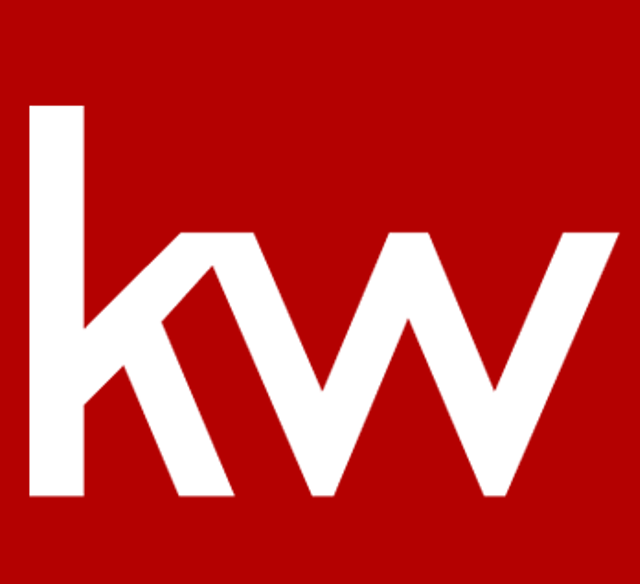New conforming loan limits likely to top $700K
In 2022, the conforming loan limit for a single-family home is $647,200 in most of the U.S. But that number is expected to change on November 30 when the FHFA announces new conforming loan limits for 2023. The new “baseline” limit is likely to be over $700,000 across most of the U.S. And in high-cost markets, loan limits should be over $1 million.
Increasing loan limits will help buyers get better mortgage rates and make smaller down payments on loan amounts over $647,200. And some buyers won’t have to wait until 2023 for those benefits. Select mortgage lenders are already offering higher loan limits in anticipation of the FHFA’s official change.
Expected conforming loan limits for 2023
Each year, the FHFA adjusts conforming loan limits for mortgages backed by Fannie Mae and Freddie Mac. Loan limits for the next year reflect average U.S. home prices for the third quarter of the current year. So if home prices have risen, loan limits will be increased by a similar margin.
Although the third quarter of 2022 has yet to end, the national median sales price for the second quarter increased nearly 18% from the previous year. That means 2023 loan limits should see a sizeable increase, too. And some mortgage lenders are getting a head start by increasing their loan limits before the end of the year.
If you’re buying a home with a mortgage above the current loan limit, you don’t need to wait until next year. Start shopping around for lenders today that have already increased their loan limits.
Last week, Rocket Mortgage and United Wholesale Mortgage (UWM) both announced they were increasing their loan limits to $715,000. They were quickly followed by PennyMac and Finance of America.
While some experts predict new conforming limits could be higher — near the mid-$700,000s — other lenders are likely to follow suit by increasing their limits to $715,000 before the end of the year.
By raising their conforming loan limits early, these lenders are essentially offering a discount for purchase, refinance, or cash-out refinance loans between $647,201 and $715,000. Doing so gives them an edge over their competition ahead of the FHFA announcement for all lenders in November.
How conforming loan limits are set
The calculation for conforming loan limits is based on average U.S. home price increases for the previous year in the FHFA House Price Index.
Looking at the latest figures from FHFA, another double-digit jump in the loan limit appears to be coming. If we use second-quarter numbers as an estimate, the conforming loan limit ceiling would rise 12%, to nearly $725,000. In high-cost areas, that ceiling would pass the million-dollar benchmark.
The Housing and Economic Recovery Act of 2008 established a formula that required any increase to conforming loan limits could only happen after home prices returned to pre-recession levels. That condition was met eight years later in 2016 when the FHFA increased the conforming limits for the first time in 10 years.
What about FHA and VA loan limits for 2023?
Technically, there are no loan limits for VA loans, meaning lenders can lend any amount for which the borrower qualifies. There are only limits to how much the VA will guarantee. VA loan limits are typically defined as the amount you can borrow without having to make a down payment.
Where loan limits apply, VA loans often utilize conforming loan limits. That means, if conforming loans are increased to $715,000, eligible VA mortgage borrowers will likely be able to borrow up to $715,000 without having to make a down payment.
FHA loans do enforce specific loan limits, which are lower than conforming loan limits. But they are calculated based on FHFA’s guidelines and should increase next year in tandem with conforming loans. As such, there’s a good chance the standard FHA loan limit will be over $520,000 in 2023.
What do higher mortgage loan limits mean for you
The loan limit is a key benchmark for mortgage borrowers as well as lenders. It is the maximum dollar amount on mortgages that can be acquired by government-sponsored enterprises Fannie Mae and Freddie Mac.
Anything over the conforming loan limit is considered a jumbo loan, which typically means higher interest rates and bigger down payment requirements. Loans within the conforming mortgage limit get to enjoy low down payments and competitive interest rates thanks to their backing from Fannie and Freddie.
According to Brett DePriest, Sr. Vice President of Acopia Home Loans, “Home buyers won’t need 10-20% down, or have to take out equity lines for higher priced homes. The ability to purchase a $759,000 home with just 5% down should make buying a home in this price point more affordable, opening the market to more buyers.”
More lenders are expected to follow suit by increasing their conforming limits ahead of the FHFA announcement on Nov. 30. If you’re buying a home and your loan amount falls in this range, you don’t need to wait until next year. Start shopping around for lenders today that have already increased their loan limits.



